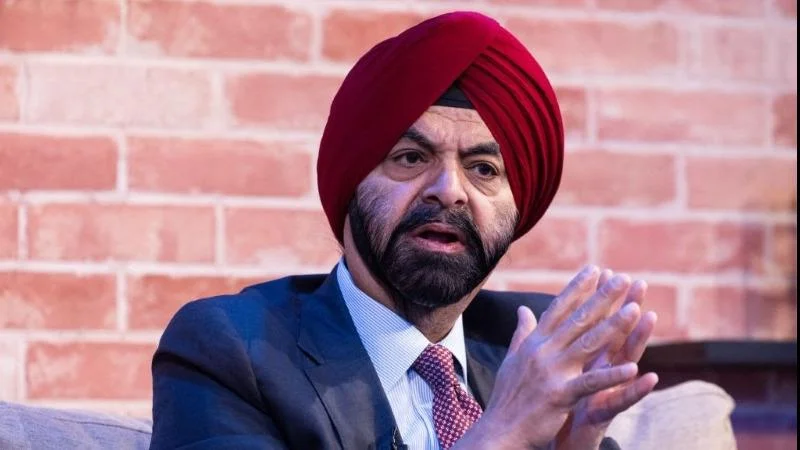Sri Lanka’s economy is showing signs of improvement, but its recovery from recent crises remains incomplete, according to a new report from the World Bank. The Sri Lanka Development Update, titled "Better Spending for All," was released on October 7, 2025, and highlights ongoing challenges such as growth rates below pre-crisis levels and elevated poverty.
The World Bank projects that Sri Lanka’s economy will grow by 4.6 percent in 2025, driven by a modest rebound in industry and steady growth in services. Growth is expected to slow to 3.5 percent in 2026. The report notes that this outlook faces risks from global uncertainty.
“While Sri Lanka’s recent economic progress is encouraging, the recovery is uneven and incomplete,” said David Sislen, World Bank Division Director for Maldives, Nepal, and Sri Lanka. “To build a stronger, fairer economy that benefits all households, in a fiscally constrained environment, Sri Lanka needs the private sector to invest and create jobs and ensure that every rupee of public money is well-spent.”
Despite improvements in growth and inflation rates, food prices remain high and the accumulation of foreign reserves has slowed. Economic output remains below what it was in 2018. Although poverty rates are declining, they are still twice as high as they were in 2019. Many households have not yet recovered their livelihoods lost during the crisis, with an additional 10 percent of the population living just above the poverty line. Malnutrition continues to be a concern among vulnerable groups.
The report recommends reforms aimed at supporting private sector-led growth. Priorities include reducing barriers to trade and investment, improving the business environment, and updating tax administration as well as regulations related to land and labor markets.
Public spending is also highlighted as a key area for reform. More than 80 percent of government expenditures go toward public sector salaries, welfare programs, and interest payments. This leaves limited resources for investments in infrastructure, education, or health services. The World Bank suggests that rather than increasing or cutting overall spending significantly, Sri Lanka should focus on maximizing the effectiveness of current public expenditures—especially those related to wages and capital projects.
Recommendations include managing the public wage bill through fairer pay structures and modern payroll systems. For public investment, the report urges prioritizing critical infrastructure gaps, strengthening project planning processes, focusing on nearly completed projects, and increasing maintenance funding.
The Sri Lanka Development Update serves as a companion to the South Asia Development Update—a biannual World Bank publication that reviews economic trends across South Asia. The October 2025 edition discusses robust regional growth projections but warns of possible slowdowns ahead while examining how trade openness reforms and AI adoption could support job creation and further economic development.

